Overview
The article outlines nine strategies that wineries can implement to elevate their branding and enhance direct-to-consumer engagement. These strategies—effective use of social media, experiential marketing, and storytelling—are supported by compelling evidence demonstrating their impact on customer loyalty and sales growth.
It is essential for wineries to adapt to modern marketing trends to thrive in a competitive market. By embracing these approaches, wineries not only strengthen their brand presence but also foster deeper connections with their consumers, ultimately driving growth and success in the industry.
Introduction
Crafting a distinctive brand identity in the competitive wine industry is more crucial than ever, as wineries strive to connect with consumers on a deeper level. This article explores nine transformative strategies that can elevate a winery's branding efforts, from harnessing the power of direct-to-consumer marketing to leveraging user-generated content and influencer partnerships. As the landscape evolves, the pressing question arises: how can wineries ensure they not only capture attention but also foster lasting loyalty among their customers?
Enocap: Transformative DTC Strategies for Wine Branding
Enocap excels in creating transformative direct-to-consumer (DTC) strategies that serve as wine branding inspiration for family-owned vineyards to forge meaningful connections with their consumers. By prioritizing the development of robust sales channels, optimizing club memberships, and employing effective demand generation techniques, producers can significantly elevate their brand presence. Enocap's extensive advisory services not only stimulate immediate sales growth but also foster long-term customer loyalty, positioning producers for sustainable success in an increasingly competitive market.
The impact of DTC strategies on vineyard revenue is unmistakable, as evidenced in 2025, when wine clubs represented 39% of all DTC sales, surpassing traditional tasting room sales for the first time. This pivotal shift underscores the necessity of adapting to evolving consumer preferences and leveraging innovative marketing approaches. Industry leaders such as Paul Mabray emphasize that 'successful DTC sales channels are crucial for businesses aiming to thrive,' underlining the role of wine branding inspiration through engaging narratives and tailored customer experiences to enhance interaction and loyalty. Andrea Myers adds, "Wineries that embrace these strategies will not only see immediate benefits but also build lasting relationships with their customers."
In conclusion, the adoption of effective DTC strategies is not just a trend but a fundamental change that can drive significant growth and customer loyalty in the wine industry.
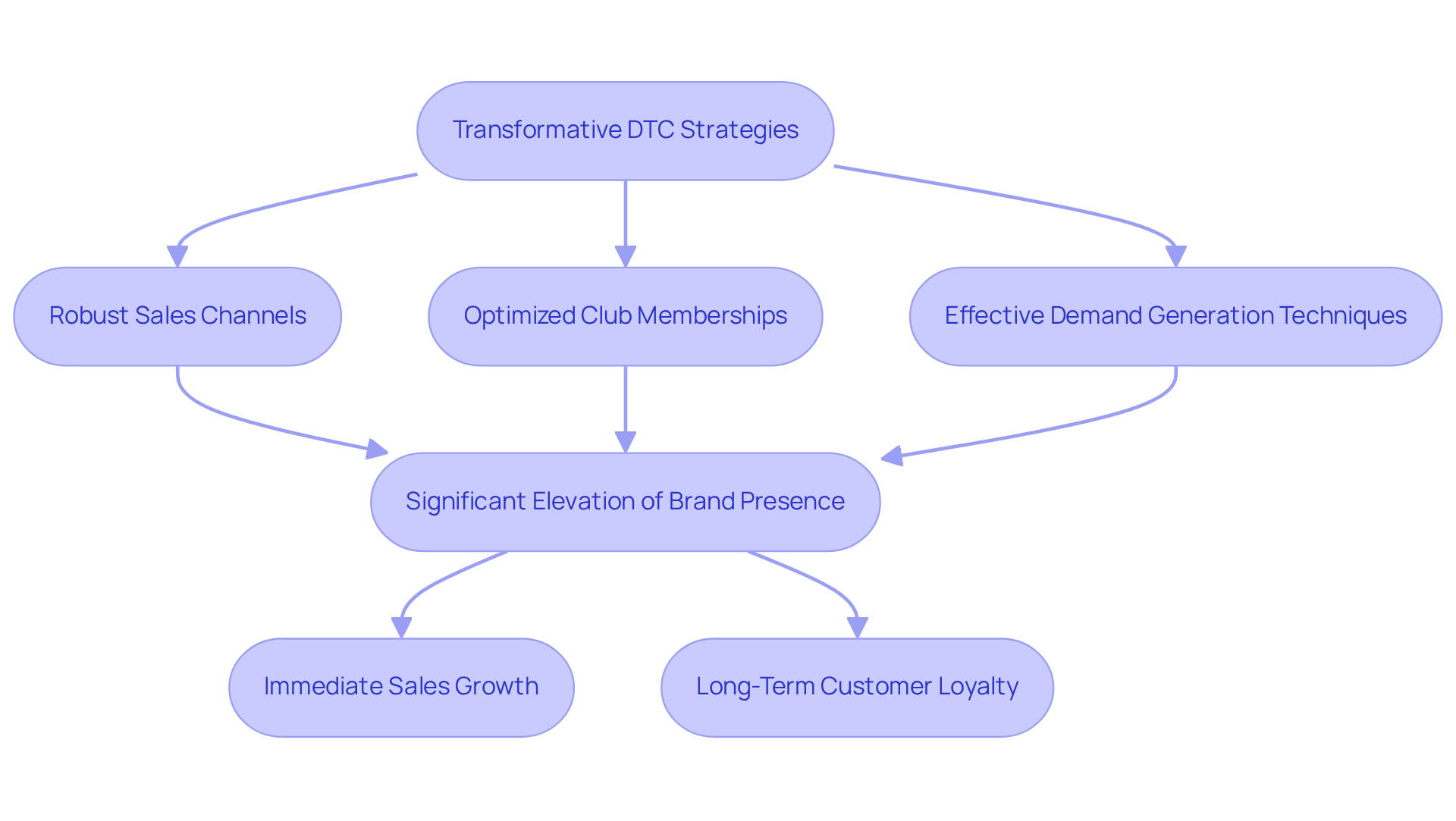
User-Generated Content: Building Authentic Connections in Wine Marketing
Motivating clients to share their experiences with your wines fosters a sense of community and authenticity—elements vital for family-owned establishments aiming to flourish. User-generated content, including photos, reviews, and testimonials, can be effectively showcased on your website and social media platforms. This strategy not only enhances engagement but also builds trust among potential customers, as they witness real people enjoying your products.
By implementing transformative direct-to-consumer strategies, you can convert casual buyers into loyal club members. Consider running contests or campaigns that incentivize customers to share their stories. This approach amplifies your brand's reach while aligning with your strategic capital planning for sustainable growth.
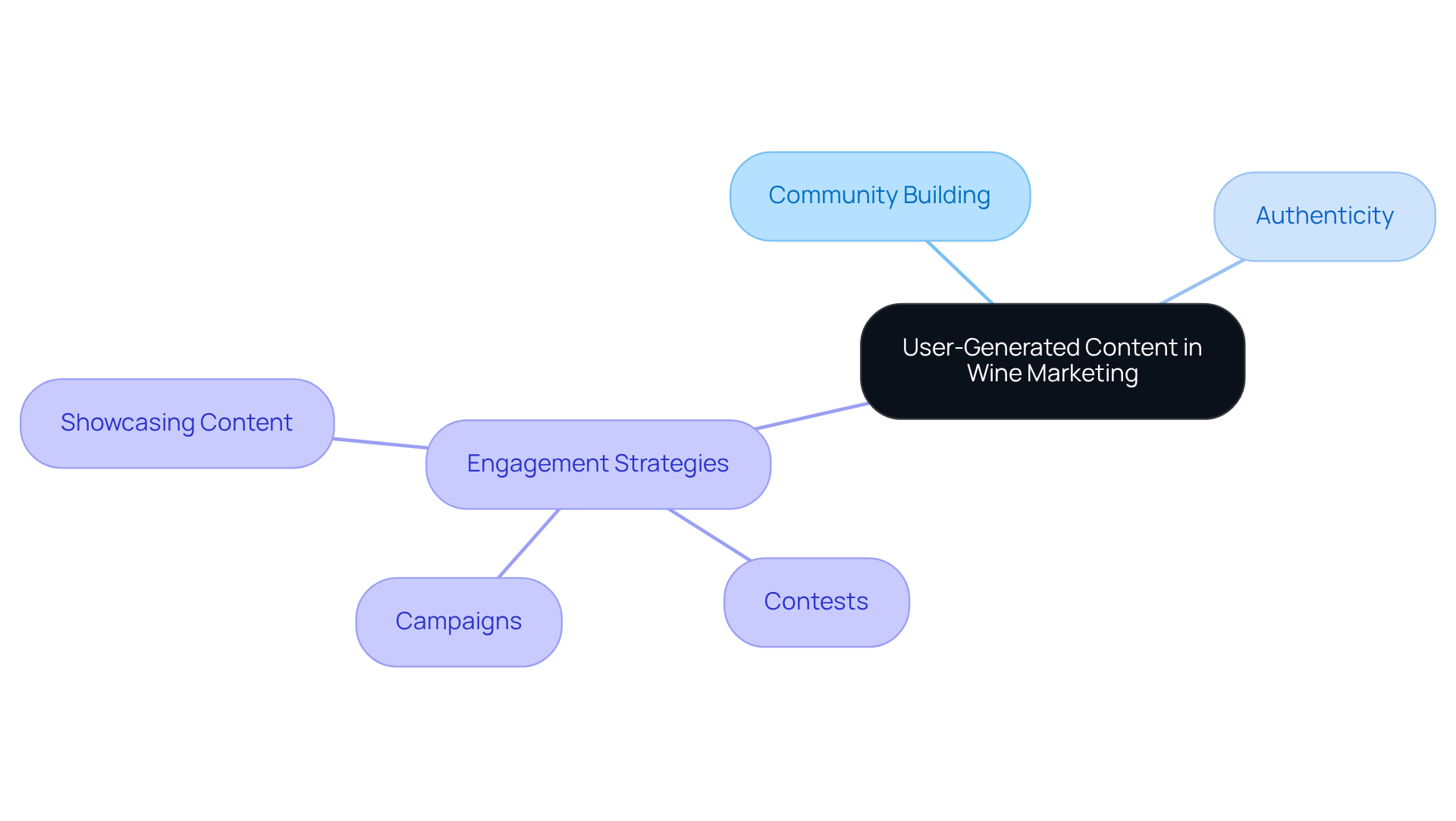
Social Media Engagement: Amplifying Your Winery's Brand Presence
Leveraging platforms such as Instagram, Facebook, and TikTok is essential for enhancing your winery's visibility and engagement. By sharing visually captivating content—like vineyard tours, wine tastings, and behind-the-scenes insights into the winemaking process—you can create wine branding inspiration that resonates with your audience. Engaging directly with followers through timely responses to comments, hosting live Q&A sessions, and utilizing interactive polls fosters a sense of community and loyalty.
To transform casual buyers into loyal club members, it is crucial to implement proven strategies such as personalized communication, exclusive member benefits, and targeted promotions that enhance engagement and drive consistent growth in your direct-to-consumer channels. Consistent, genuine engagement not only fosters a loyal audience but also serves as wine branding inspiration, attracting new clients and positioning your identity advantageously in a competitive market.
With vineyards averaging 3.2 posts per week and an overall engagement rate of 0.11%, prioritizing these platforms is vital for boosting sales and improving brand loyalty. Notably, 71% of social media users are more likely to buy based on social media recommendations, which underscores the necessity for producers to adapt their strategies for effectively engaging their audience.
Additionally, strategic capital planning for debt, equity, or acquisition opportunities can further support the growth and sustainability of family-owned vineyards.

Experiential Marketing: Crafting Memorable Wine Experiences
Creating memorable experiences for your customers can provide significant wine branding inspiration and distinctly set your winery apart in a competitive market. By hosting exclusive tastings of beverages, vineyard tours, or food and drink pairing events, you enable consumers to connect with your company on a personal level. These experiences not only foster a deeper relationship but also create lasting memories associated with your wines.
Implementing direct-to-consumer strategies can transform casual buyers into loyal club members, significantly enhancing customer loyalty and driving consistent growth. Furthermore, incorporating strategic capital planning is essential in obtaining funding for these initiatives, ensuring your establishment thrives for generations to come.
Encouraging participants to share their experiences on social media amplifies your organization's reach and impact. This not only crafts compelling stories that resonate with your audience but also serves as wine branding inspiration, positioning your winery as a relatable and engaging brand in the industry. Consider these strategies as vital steps towards establishing a strong, loyal customer base that will support your winery's success.
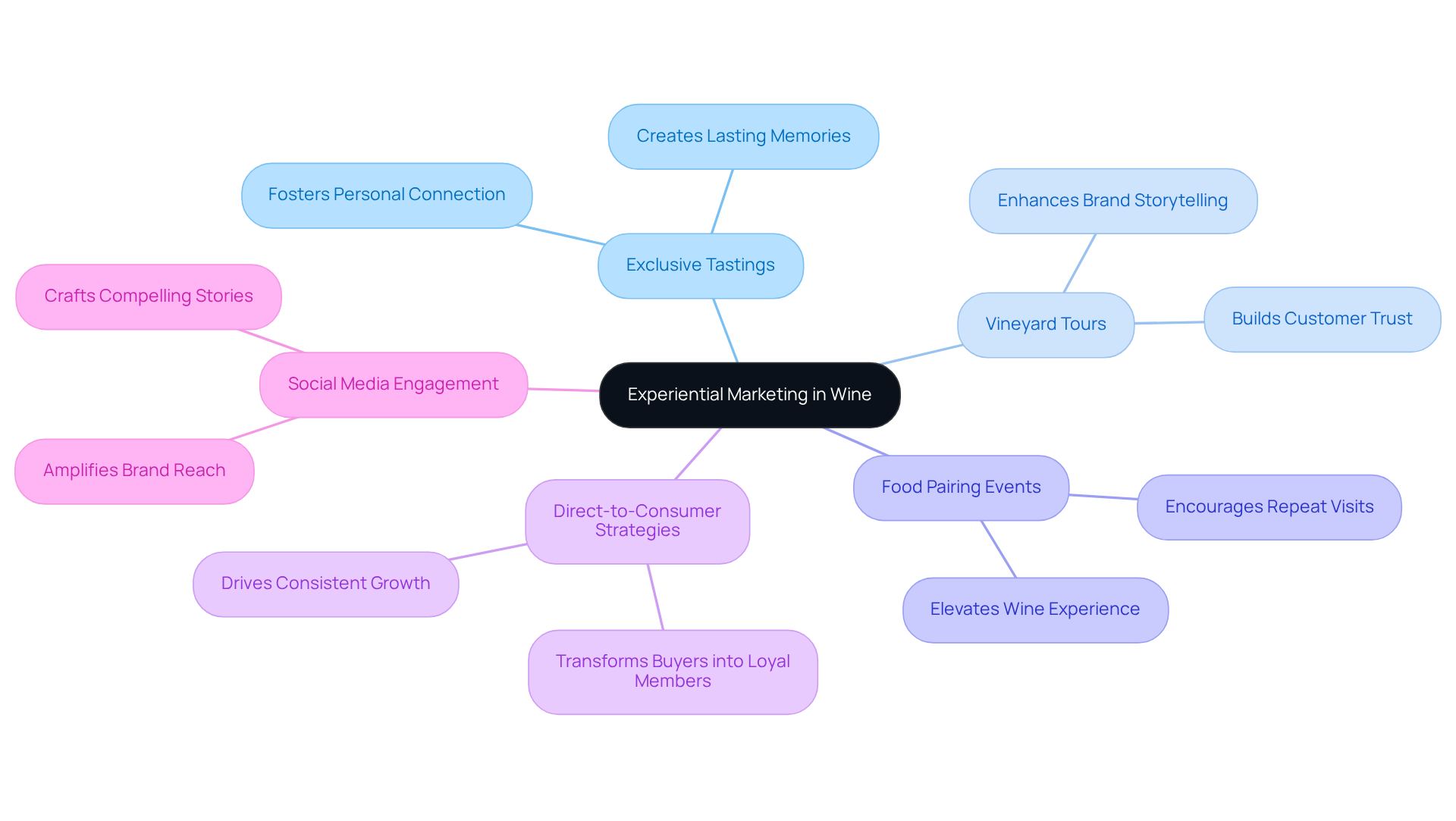
Influencer Partnerships: Expanding Your Winery's Reach
Collaborating with influencers who align with your brand values is essential for expanding your establishment's reach. Concentrate on influencers within the food, travel, or lifestyle sectors who genuinely appreciate wine. By providing them with samples or inviting them to your winery, you can effectively leverage their platforms to showcase your products to their followers. This strategy not only amplifies your brand's visibility but also cultivates credibility through trusted recommendations, which is vital for converting casual buyers into loyal club members.
Recent statistics reveal that 40% of U.S. wine consumers trust social media for wine information, with Millennials and Gen Z exhibiting even higher levels of trust. This demographic shift highlights the significance of authentic influencer marketing in engaging younger audiences and establishing sustainable direct-to-consumer channels that promote consistent growth.
Furthermore, successful partnerships between vineyards and food influencers have demonstrated substantial returns on investment. For instance, vineyards that have integrated micro-influencers into their marketing strategies report increased customer loyalty and direct-to-consumer sales. Experts indicate that even influencers with smaller followings can create a significant impact, as they often develop more personal connections with their audience, aligning seamlessly with the strategic capital planning required for family-owned wineries to flourish.
As the wine industry progressively embraces influencer marketing, it is imperative to select partners who resonate with your wine branding inspiration and can authentically communicate your brand narrative. This approach not only drives immediate sales but also nurtures enduring relationships with clients, ensuring sustained growth in a competitive landscape.
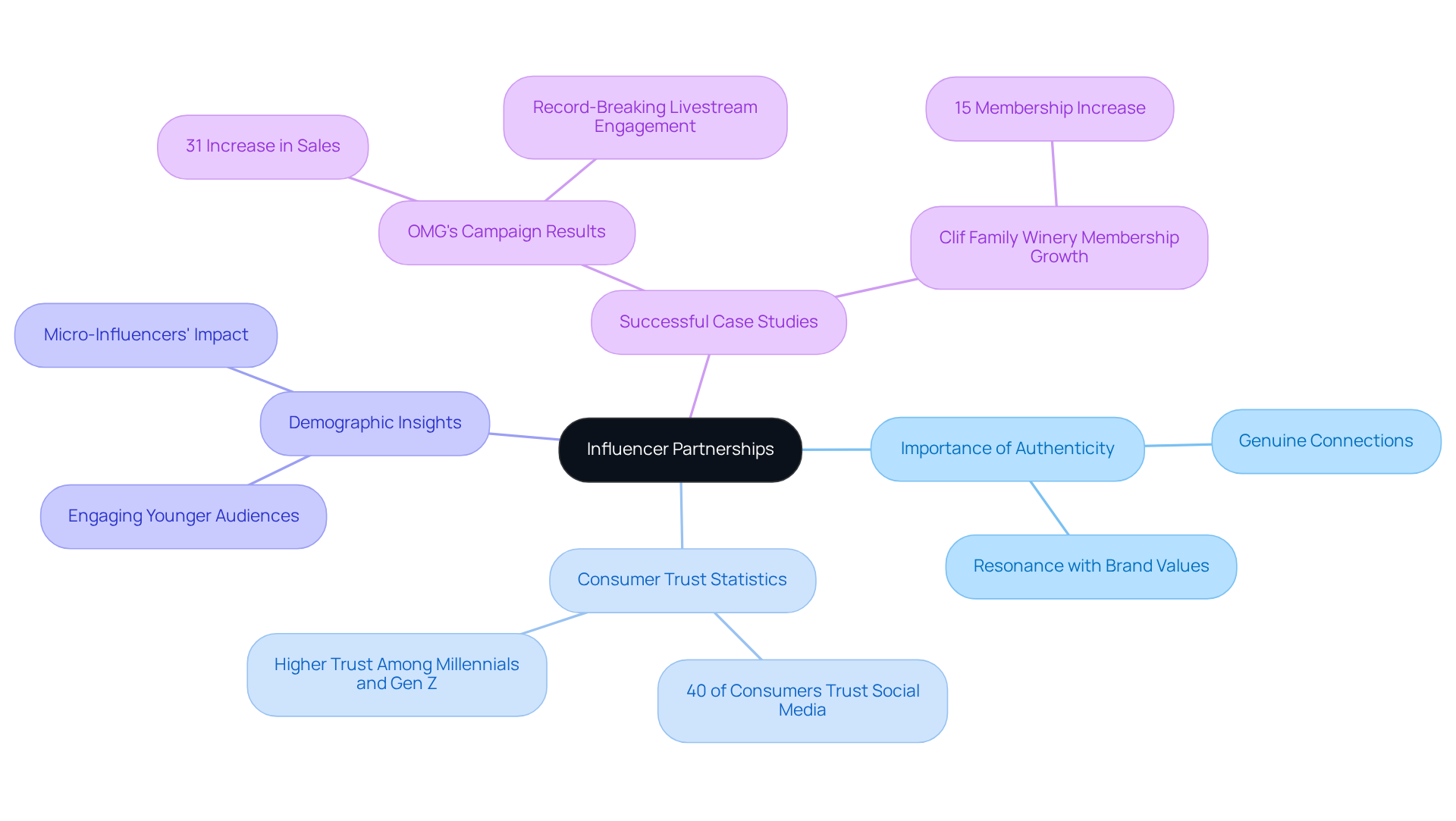
Visual Branding: Creating a Cohesive Winery Identity
A cohesive visual identity serves as wine branding inspiration and is crucial in shaping consumer perceptions of your winery. Your logo, packaging, and marketing materials must authentically reflect the story and values of your identity. Consistent use of color schemes, typography, and imagery across all platforms fosters a recognizable identity. This visual uniformity not only enhances brand recall but also serves as wine branding inspiration, communicating professionalism and quality—key attributes in the competitive wine industry.
Studies suggest that effective wine branding inspiration significantly influences buying choices, highlighting the necessity for vineyards to invest in a strong and unified identity that resonates with buyers.
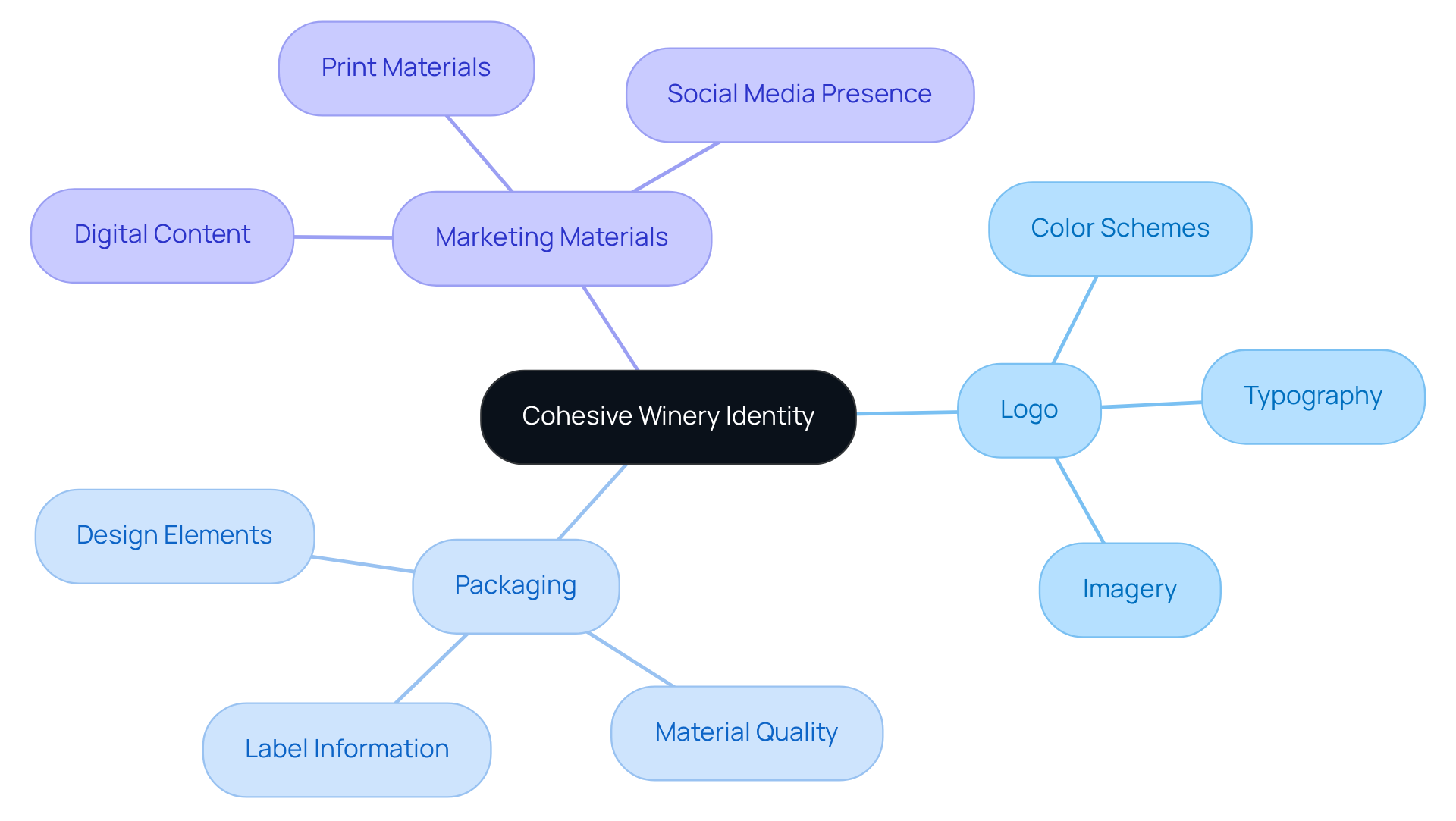
Storytelling: Engaging Consumers Through Compelling Narratives
Crafting a compelling narrative around your establishment is essential for providing wine branding inspiration that engages consumers on a deeper level. By sharing the history of your vineyard, the passion behind your winemaking process, and the unique traits of your products, you can use wine branding inspiration to create an emotional connection that fosters loyalty. Wineries that effectively utilize storytelling in their marketing materials, social media posts, and website content have discovered wine branding inspiration that yields significant results. In 2025, the effect of brand storytelling on beverage sales has become increasingly evident, with campaigns incorporating rich narratives achieving conversion rates up to 132.47% higher than those relying solely on traditional advertising methods.
Successful instances, such as Cupcake Vineyards' 'Summer of Joy' campaign, illustrate how wine branding inspiration can stimulate public interest and sales through engaging stories. This campaign not only captured the essence of joy associated with their beverages but also employed innovative digital strategies, resulting in a 199% year-over-year increase in QR scans and a substantial sales lift. By concentrating on narrative as a source of wine branding inspiration, vineyards can distinguish themselves in a competitive market, motivating buyers to choose their wines over others. Ultimately, the ability to create and share engaging stories serves as a powerful tool for businesses seeking wine branding inspiration to enhance their market presence and foster lasting relationships with their customers.
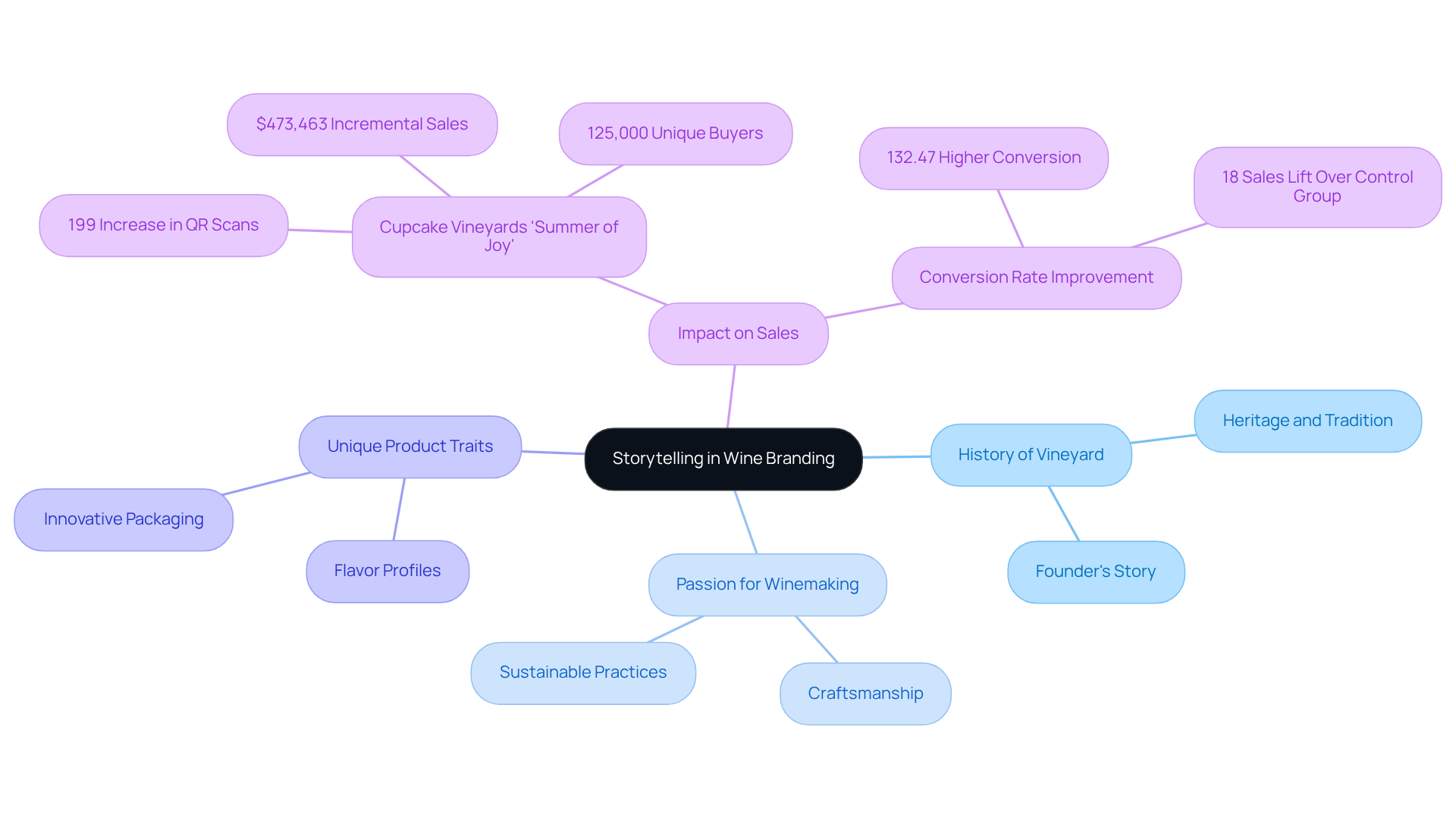
Sustainability: Enhancing Brand Image Through Eco-Friendly Practices
Adopting eco-friendly methods in your establishment not only enhances your reputation but also attracts environmentally conscious customers. By implementing organic farming practices, reducing water consumption, and minimizing waste in your production processes, you position your winery as a leader in sustainability. In fact, studies indicate that 70% of consumers prefer businesses committed to sustainable practices. This statistic underscores the necessity for vineyards to effectively communicate their eco-friendly initiatives through marketing channels. Such a commitment not only differentiates your winery but also serves as wine branding inspiration that aligns with the values of an increasingly aware market segment.
Integrating these sustainable practices into your brand narrative allows you to leverage Enocap's expertise in direct-to-consumer strategies and provides valuable wine branding inspiration for brand development. This connection not only fosters consumer loyalty but also propels your direct-to-consumer growth. Are you ready to elevate your winery's standing in the market? Embrace sustainability as a cornerstone of your business strategy and watch as it transforms your customer relationships and brand perception.
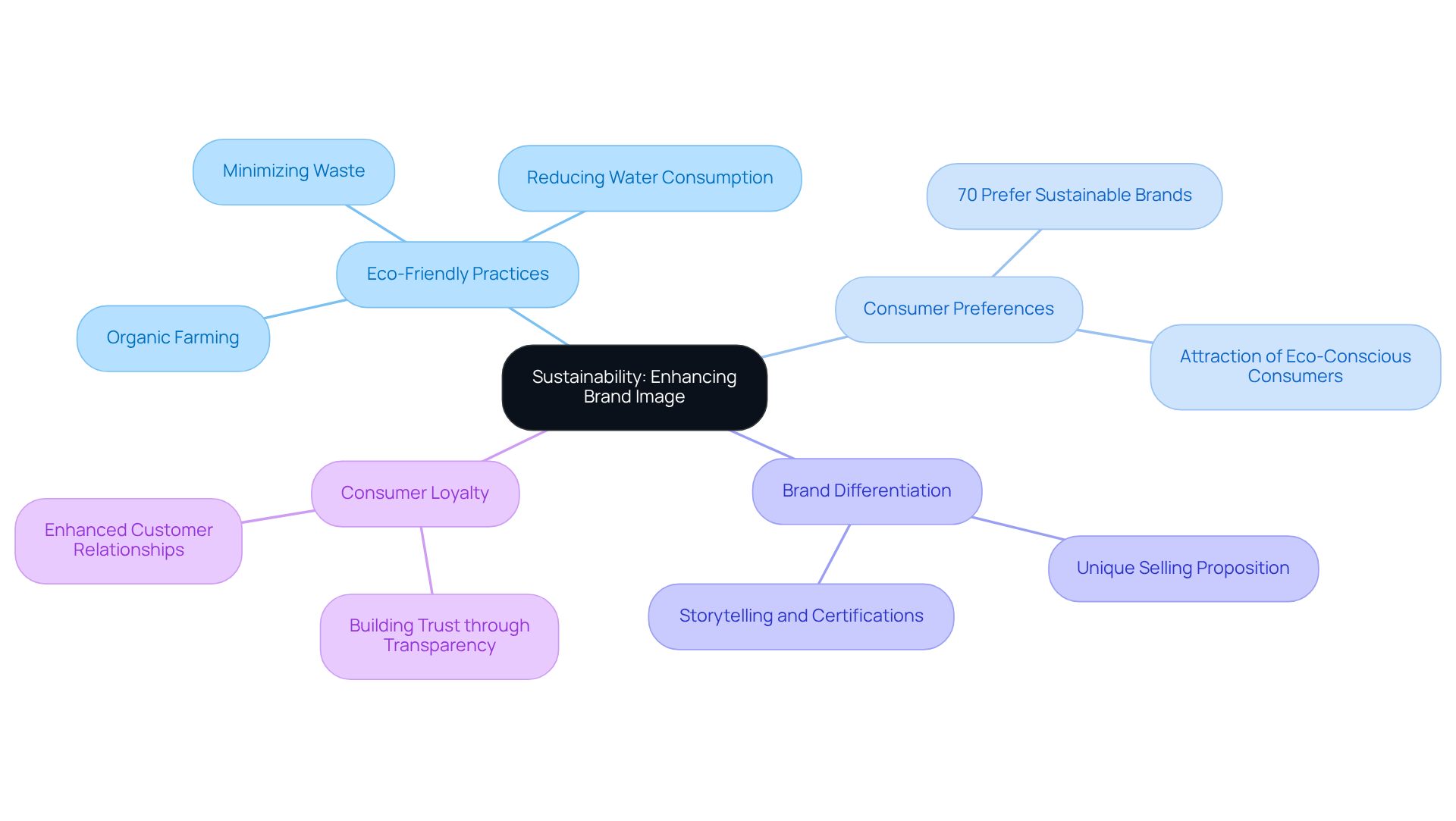
Wine Club Strategies: Building Loyalty and Revenue
Enhancing your club is essential for increasing customer loyalty and generating revenue. By offering exclusive benefits such as members-only events, discounts, and early access to new releases, you can significantly boost retention rates. Research indicates that wine clubs providing at least three non-product benefits experience 22% higher retention rates compared to those focused solely on product offerings.
Regular involvement through tailored communications and updates about your establishment fosters a sense of community and exclusivity. This approach not only keeps members informed but also strengthens their emotional connection to your brand. By establishing an engaging and exclusive atmosphere, vineyards can motivate members to stay active and dedicated to their subscriptions. Ultimately, this results in sustained growth and loyalty.
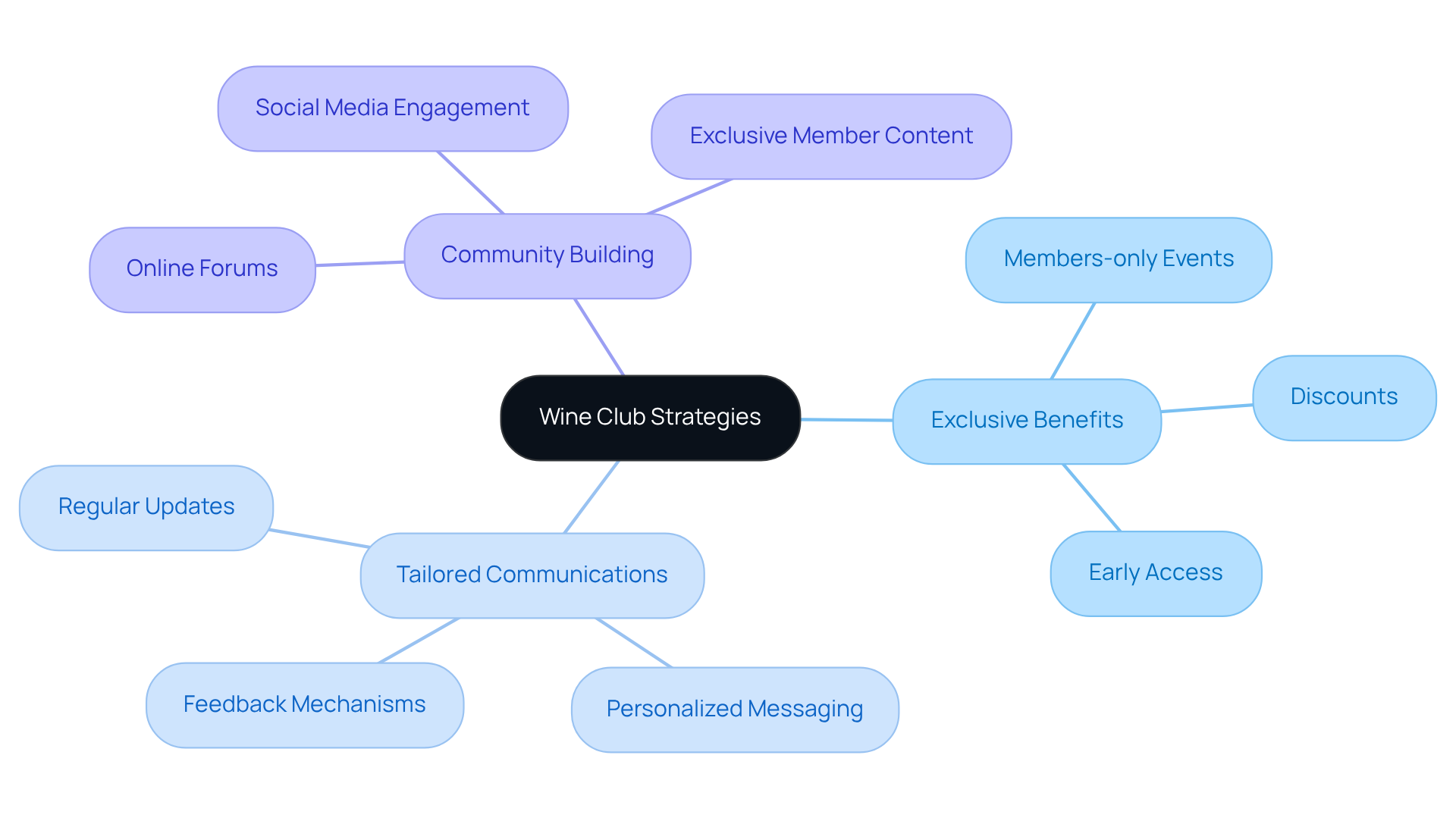
Email Marketing: Keeping Your Winery Top of Mind
Utilizing email marketing can significantly enhance your establishment's visibility among consumers, transforming casual buyers into loyal club members. By consistently distributing newsletters that highlight updates about your establishment, new releases, and upcoming events, you create wine branding inspiration that resonates with your audience. Personalizing your emails based on customer preferences and behaviors not only enhances engagement but also provides wine branding inspiration by ensuring your messaging reflects the unique narrative of your winery.
Consider segmenting your email list to tailor content for different audiences, such as wine club members versus casual customers. This targeted approach not only drives sales but also fosters a loyal customer base. It aligns seamlessly with Enocap's transformative direct-to-consumer strategies, promoting sustainable growth through strategic capital planning.
Incorporating these strategies will not only keep your establishment top of mind but also position you as a leader in the industry, adept at navigating the complexities of consumer engagement.
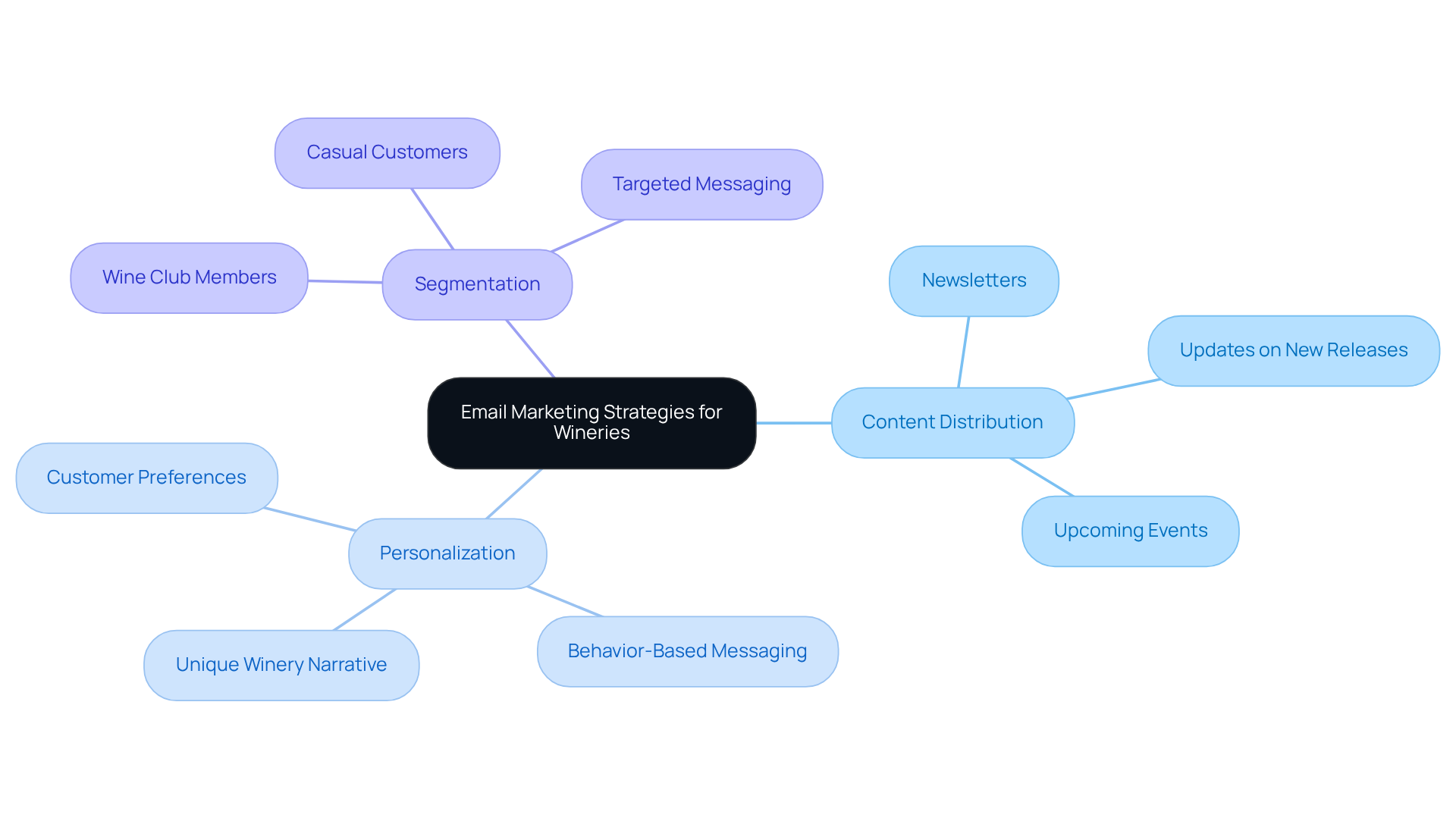
Conclusion
Elevating a winery's brand necessitates a multifaceted approach that integrates innovative strategies resonating with consumers and fostering lasting relationships. The importance of direct-to-consumer (DTC) strategies, user-generated content, social media engagement, and experiential marketing emerges as essential tools for wineries aiming to enhance visibility and customer loyalty. By embracing these methods, wineries can forge authentic connections, showcase unique narratives, and position themselves effectively in a competitive market.
Key insights underscore the transformative power of DTC sales channels, the significance of compelling storytelling, and the necessity of sustainability in branding. Collaborating with influencers and leveraging social media platforms not only amplifies brand presence but also engages younger audiences who prioritize authenticity. Moreover, enhancing wine club strategies and utilizing personalized email marketing can substantially boost customer retention and revenue, ensuring sustainable growth.
Ultimately, the wine industry finds itself at a pivotal moment where adopting these strategies can lead to remarkable success. Wineries are encouraged to embrace a comprehensive approach that integrates these innovative practices, fostering both immediate and long-term relationships with consumers. By doing so, they can elevate their brand and contribute to a more vibrant and connected wine community.
Frequently Asked Questions
What are the main focuses of Enocap's DTC strategies for wine branding?
Enocap focuses on developing robust sales channels, optimizing club memberships, and employing effective demand generation techniques to elevate brand presence and foster long-term customer loyalty.
How significant is the impact of DTC strategies on vineyard revenue?
The impact is significant; in 2025, wine clubs represented 39% of all DTC sales, surpassing traditional tasting room sales for the first time, highlighting the need to adapt to evolving consumer preferences.
What do industry leaders say about the importance of successful DTC sales channels?
Industry leaders, such as Paul Mabray, emphasize that successful DTC sales channels are crucial for businesses to thrive, and engaging narratives along with tailored customer experiences enhance interaction and loyalty.
How can user-generated content benefit wine marketing?
User-generated content fosters a sense of community and authenticity, enhances engagement, and builds trust among potential customers by showcasing real experiences with the wines.
What strategies can wineries use to encourage user-generated content?
Wineries can run contests or campaigns that incentivize customers to share their stories, which amplifies brand reach and aligns with strategic capital planning for sustainable growth.
Why is social media engagement important for wineries?
Social media engagement is essential for enhancing visibility and engagement, as it allows wineries to share captivating content and directly interact with followers, fostering community and loyalty.
What are effective strategies to convert casual buyers into loyal club members?
Effective strategies include personalized communication, exclusive member benefits, and targeted promotions that enhance engagement and drive growth in direct-to-consumer channels.
What is the average social media engagement rate for vineyards?
Vineyards average 3.2 posts per week with an overall engagement rate of 0.11%, indicating the importance of prioritizing social media for boosting sales and brand loyalty.
How do social media recommendations influence purchasing decisions?
Notably, 71% of social media users are more likely to buy based on social media recommendations, underscoring the necessity for producers to adapt their engagement strategies effectively.




